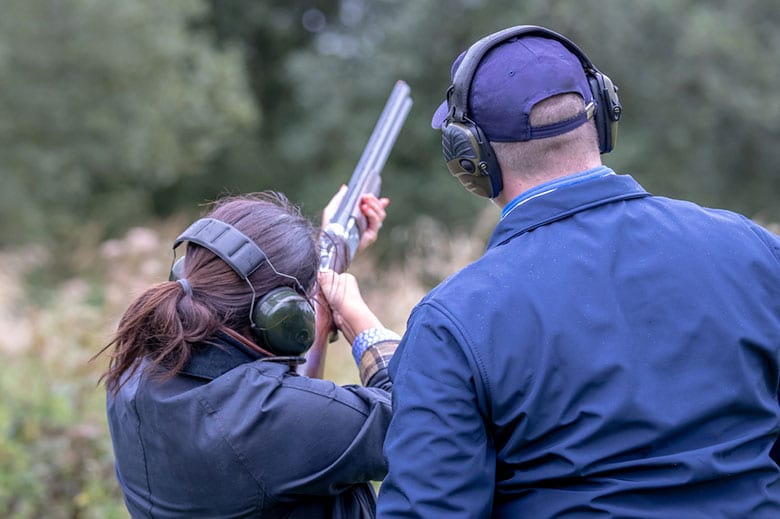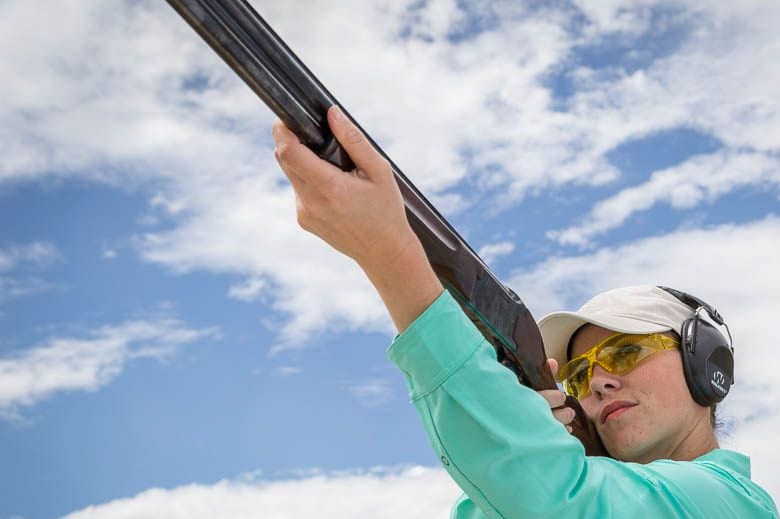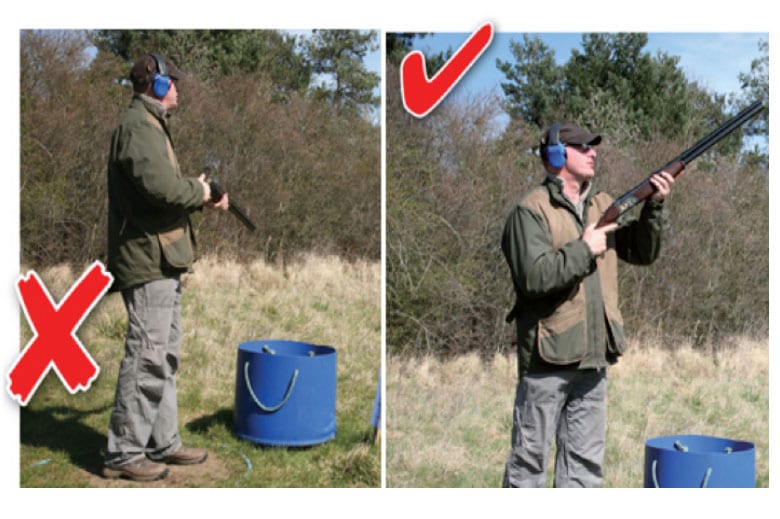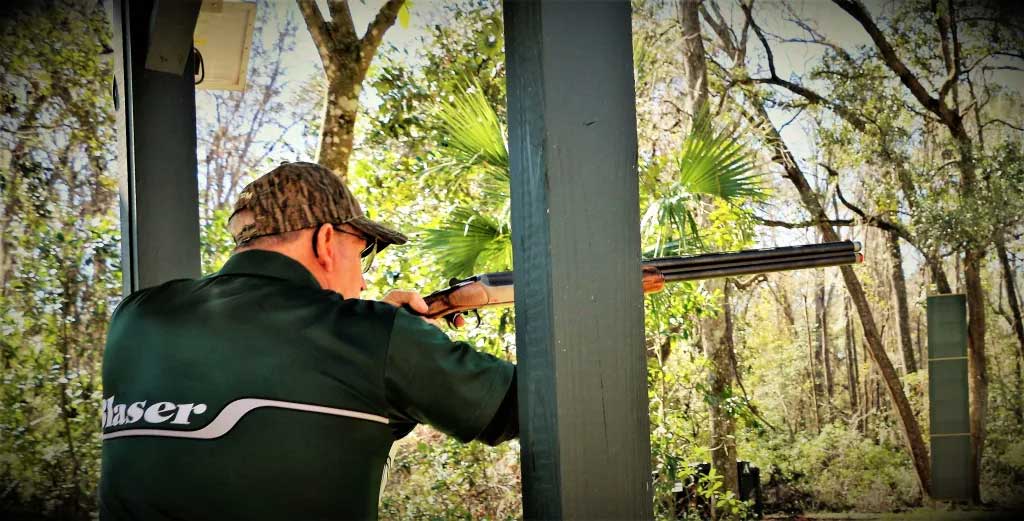
Without question, the past few years have put people around the world to the test. The COVID pandemic has been horrible, and people have had to find alternate ways to be entertained. They found that being outside was both healthy and enjoyable. Enter the clay target shooting sports like trap, skeet, sporting clays, and other clay games. Outdoor pursuits that men, women, and children found habit-forming.
1. Make Clay Shooting Work for You
When it comes to new shooters, the sporting clays game has attracted the most participants. The game is similar to golf in many ways and people find it to be fun and very social. There are millions of people who shoot clays for pure recreation and fun. Those who have discovered the game strive to get better at it. So how can a sporting clays enthusiast improve his or her game? There are many ways, but it is always best to learn the basics first, as the fundamentals of the game will always give a shooter something to fall back on when scores are inconsistent.
2. The Clay Shooting Basics
The most basic fundamental of clay shooting is how to use your vision. The eyes send information to the brain which guides the hands and the gun. In sporting, you will use what is defined as a visual focal point. That is the area in the flight of a target when it becomes crystal clear to your vision as it leaves the trap.
In most instances, it is best not to look right at the trap for the target. The starting point for the muzzle of the gun should be just ahead of where the target is visible to your vision and just below the line of the target where you plan to shoot it. This lets the gun travel to the target and forwards for the lead while staying on the line of the target as it moves.
In sporting clays, you can view the targets that will be shot on a station. This allows you to make a plan of attack for that target or pair of targets. When the targets emerge from the trap, determine where the first target shot will be seen, and pick a spot in its flight that you have to break it. At the breakpoint, what is the target doing? Is it rising, falling, turning left or right? Making a plan on how to shoot a target is key to your success.
You will find that lead pictures are solely based on the angle of the target presentation when the shot is taken. The more a target crosses in front of you, the more lead the target will take. As the target angle decreases, the lead to hit it also decreases. As a result, quartering targets take much less lead than crossing targets when shot at the same distance and speed.
3. The Mechanics
Developing the mechanics of a proper gun mount is important but getting the eyes slightly above and just left or right of the gun to see the target before the gun sees it is critical. As you see the target you can move the gun to it, in order to then establish your desired lead picture. This allows you to see the target clearly without trying to find it with the muzzle of the gun. When the eyes see the target first, the gun can be moved precisely to where the eyes are focused.
There are so many elements to a successful shot, but these are a few of the fundamentals of the sporting clays game that will help you build your game quickly. Job one is to get the gun comfortable to shoot. Once that is done shoot as often as you can and enjoy the ride to the top.
You will find that selecting a gun that is comfortable to shoot is the first step to improving your scores. A properly fitted shotgun is key to instant improvement since a fitted gun will shoot where you look and will offer less recoil.
4. Recoil and How to Fix it
Speaking of recoil, many shooters are concerned about just how much recoil or kick the gun they are shooting will put on their shoulders and face. The shooting industry has come up with several recoil suppressing products that do reduce the felt recoil of a shotgun.
One product on the market is a recoil pad by Falcon Strike. This pad utilizes a Hydraulic Dampening technology developed by the military and the aerospace industry to distribute and soften recoil in the shoulder and face of a shooter. The company claims that when using the pad there is 80% less recoil energy, and 35% less muzzle jump, which significantly reduces overall felt recoil. Independent testing indicates that the product does significantly reduce the felt recoil of a shotgun and reduces the muzzle jump which allows shooters to more quickly locate and shoot the second target of a pair. With a shotgun that is comfortable to shoot, you can learn to play the sporting clays game.
Make your next Sporting Clays outing more comfortable with the FalconStrike Hydraulic Recoil Pad!
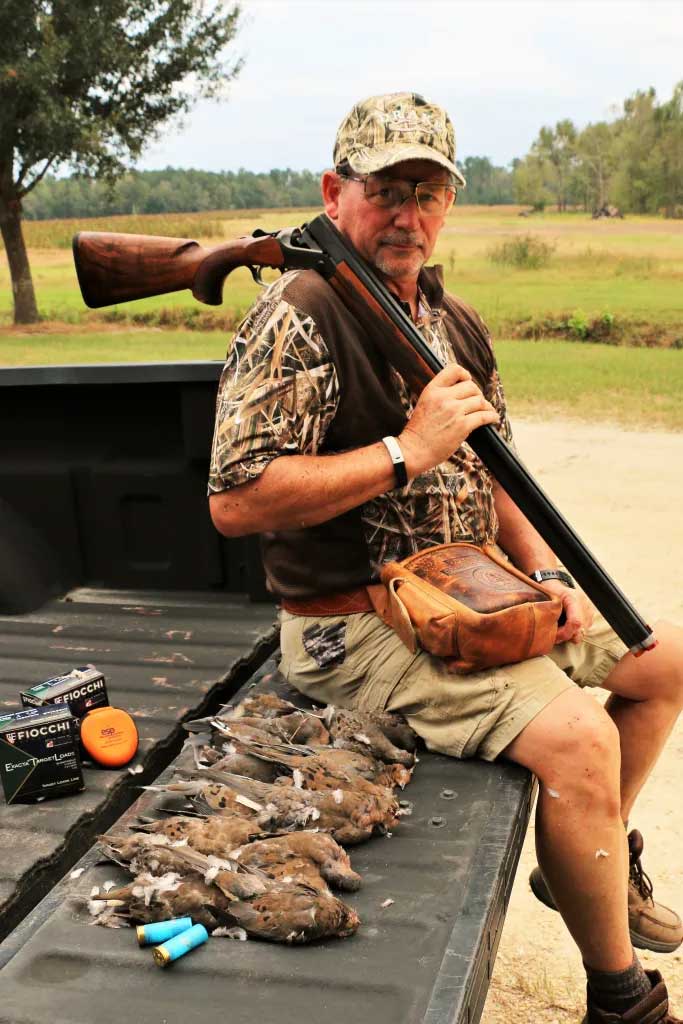
By Marty Fisher
Marty Fischer is one of America’s best-known outdoor personalities. He is the host of the Wing & Clay Nation radio series and has been a fixture on national outdoor television for more than a quarter century. Millions have read his articles in numerous outdoor and lifestyle magazines. For the past three decades he has dedicated his life to his passion for the outdoors as a shooting professional, television and video host, shooting instructor, gun club design and business consultant, outdoor writer and book author, public speaker and volunteer instructor for youth shooting sports programs across the country.

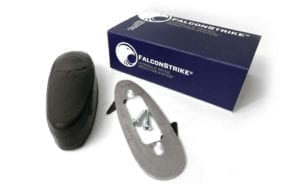
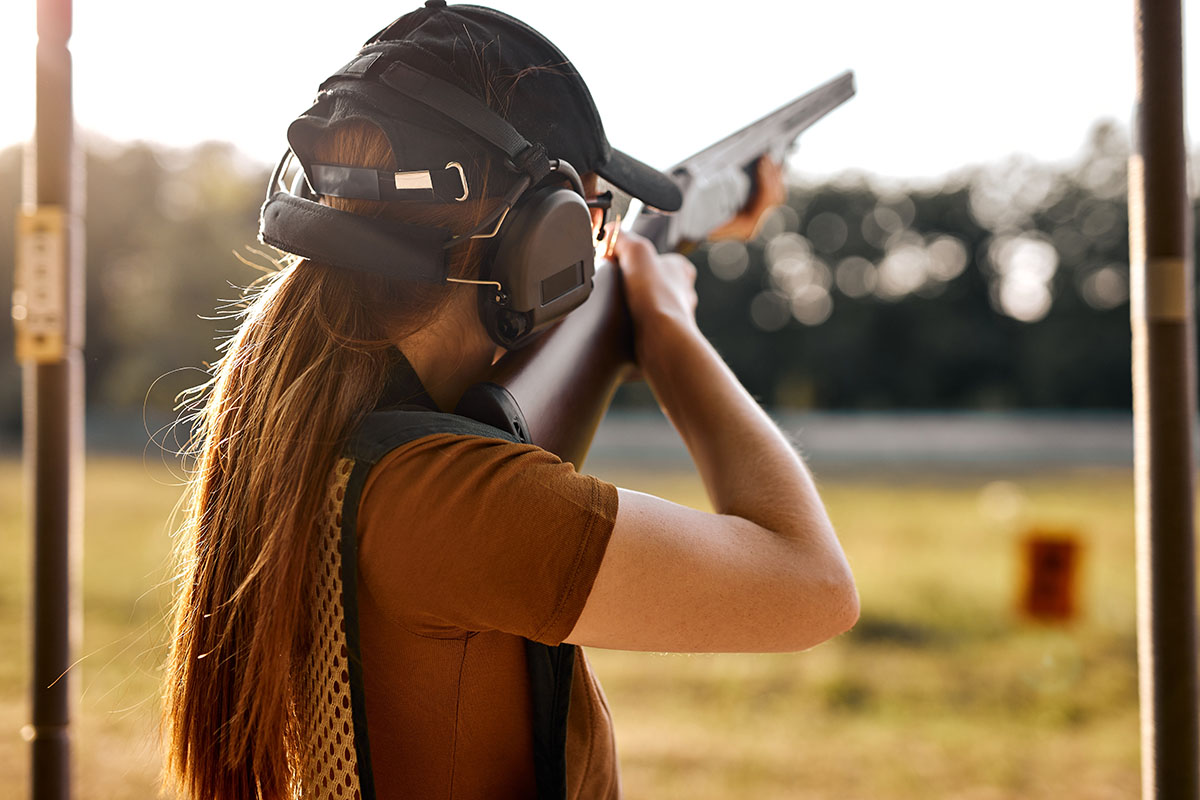
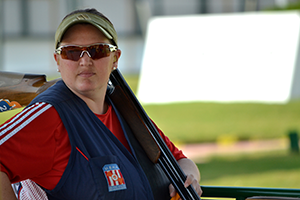
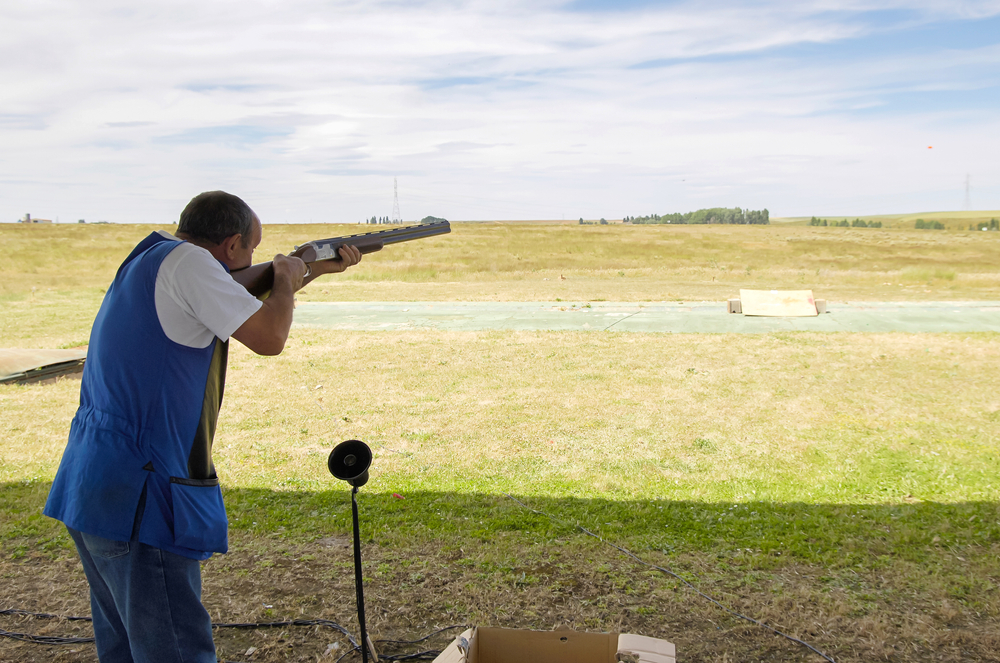
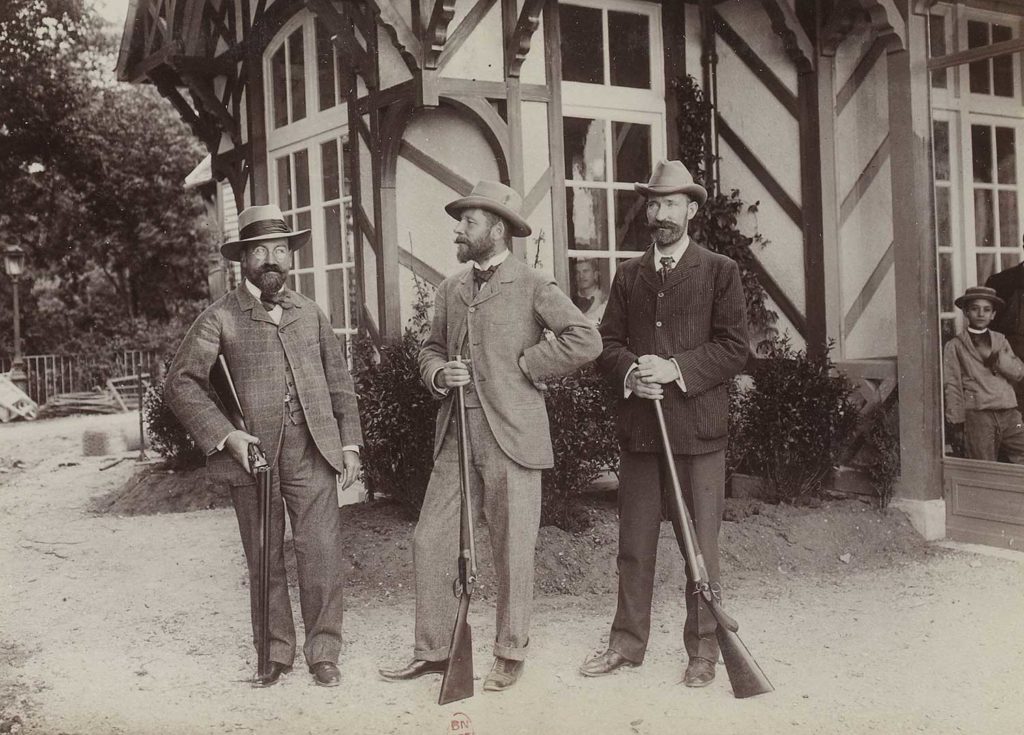
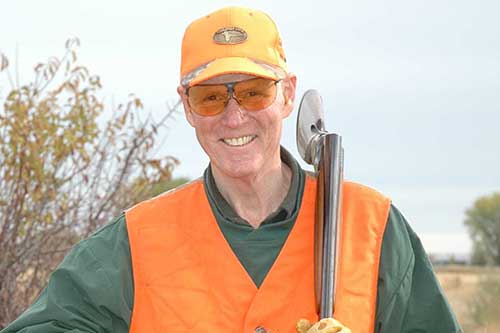
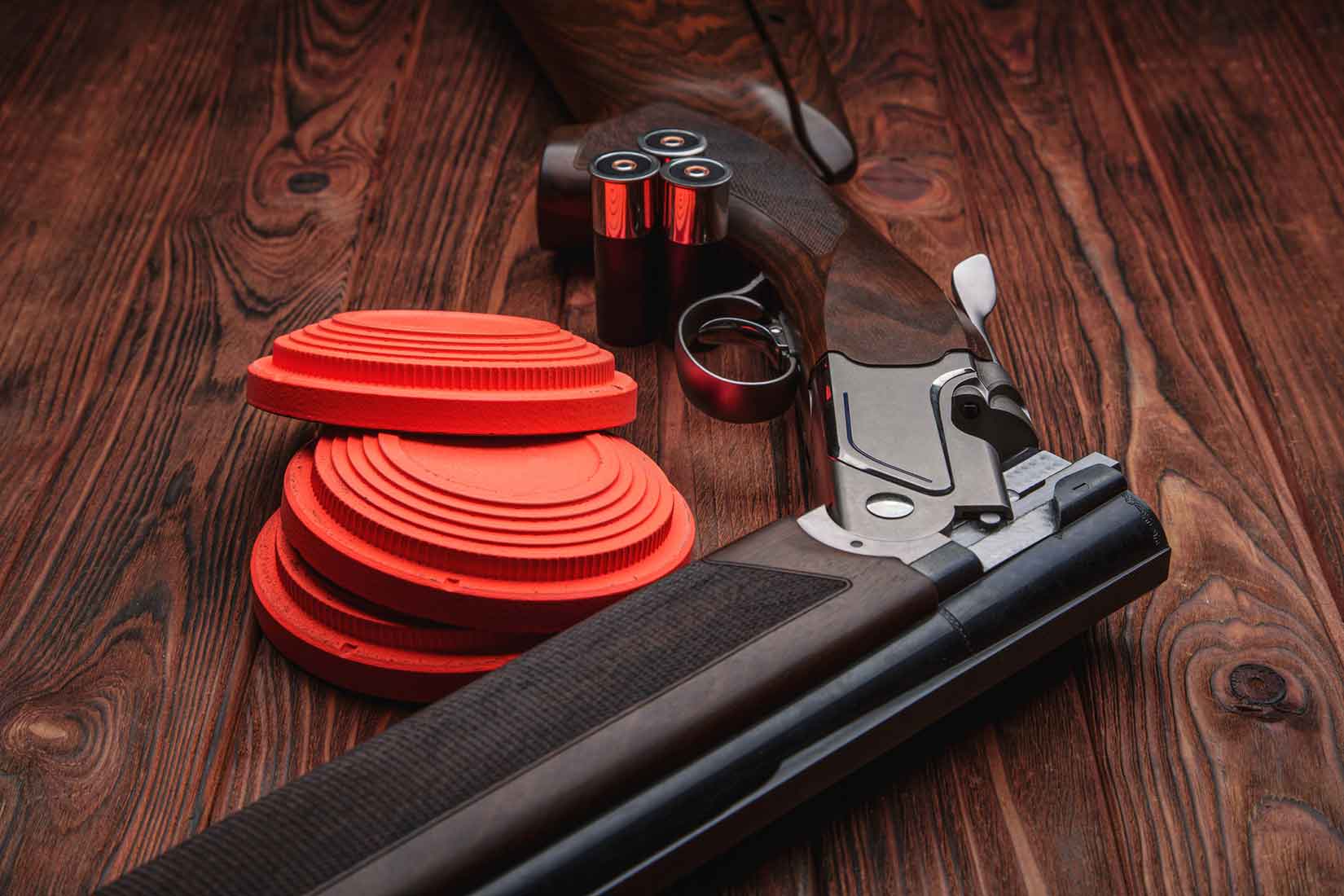
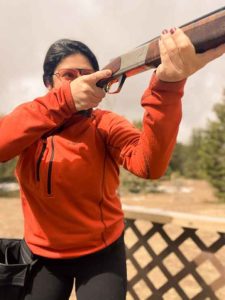 The Fun Factor
The Fun Factor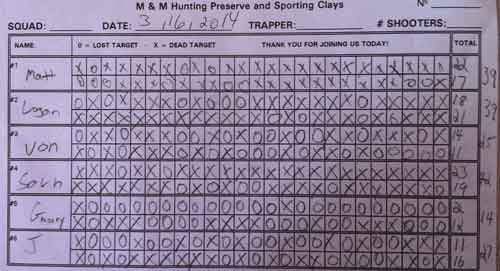
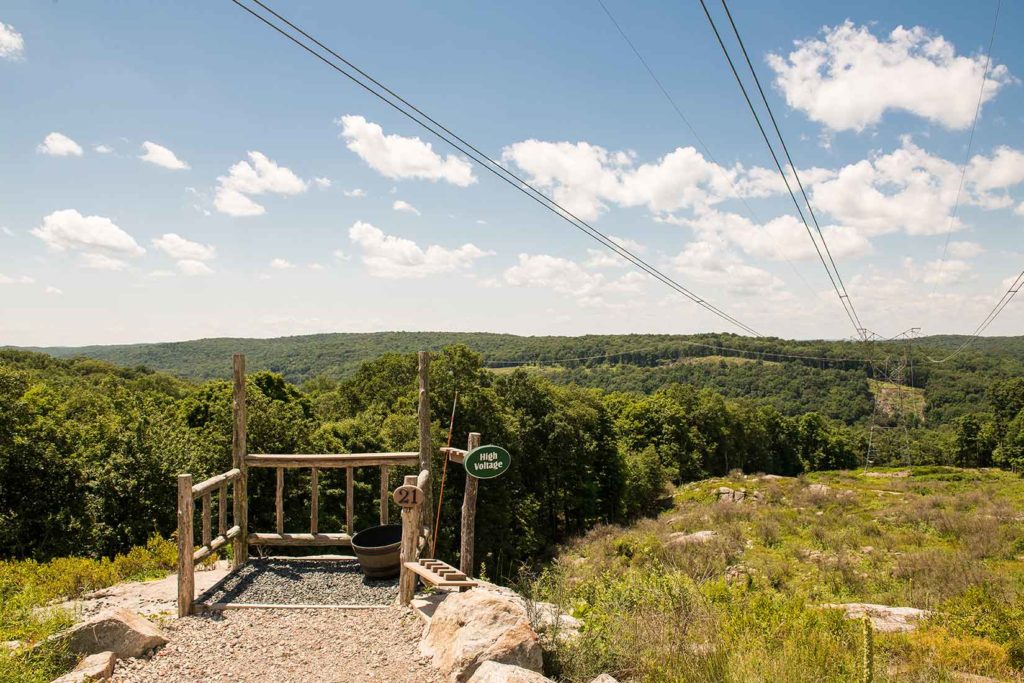 Whether walking a narrow, wooded trail to a primitive station or cruising a double-wide cart path to a luxurious station in a custom cart, there is an undeniable symmetry when the gun closes and “Pull” rings out. Sporting clays is the ideal recreational access point for people of diverse ages, personalities and priorities to engage in the shooting sports.
Whether walking a narrow, wooded trail to a primitive station or cruising a double-wide cart path to a luxurious station in a custom cart, there is an undeniable symmetry when the gun closes and “Pull” rings out. Sporting clays is the ideal recreational access point for people of diverse ages, personalities and priorities to engage in the shooting sports.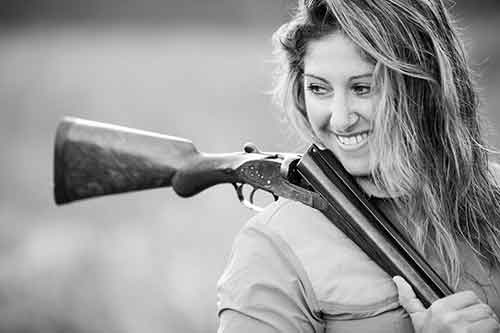
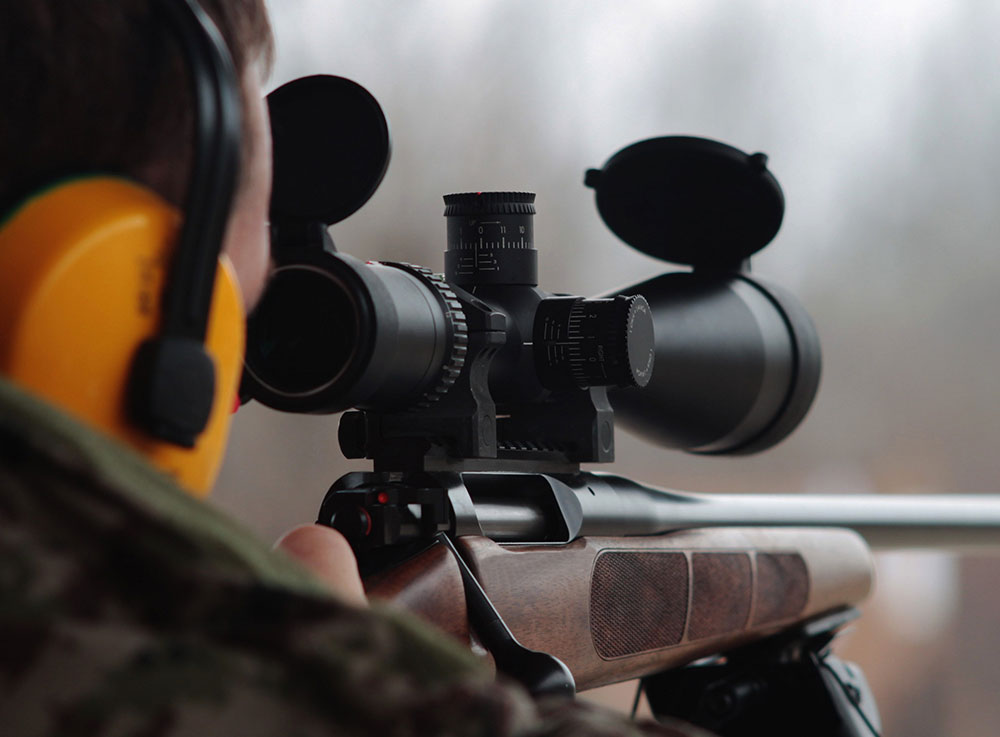
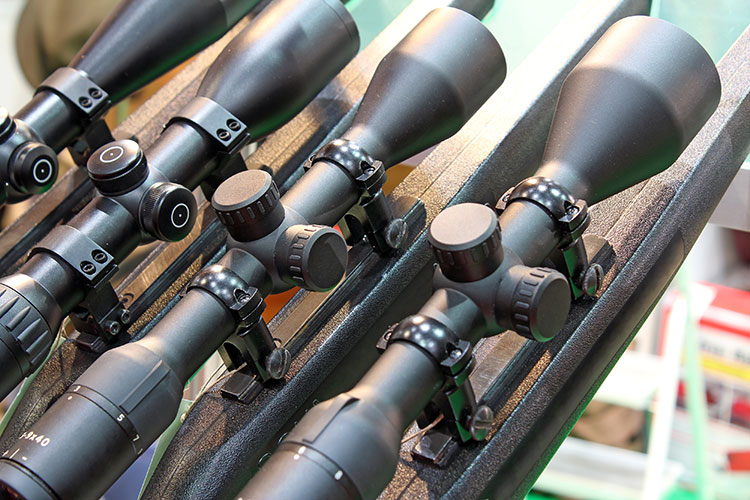 Long Range Shooting Mechanics and Equipment
Long Range Shooting Mechanics and Equipment
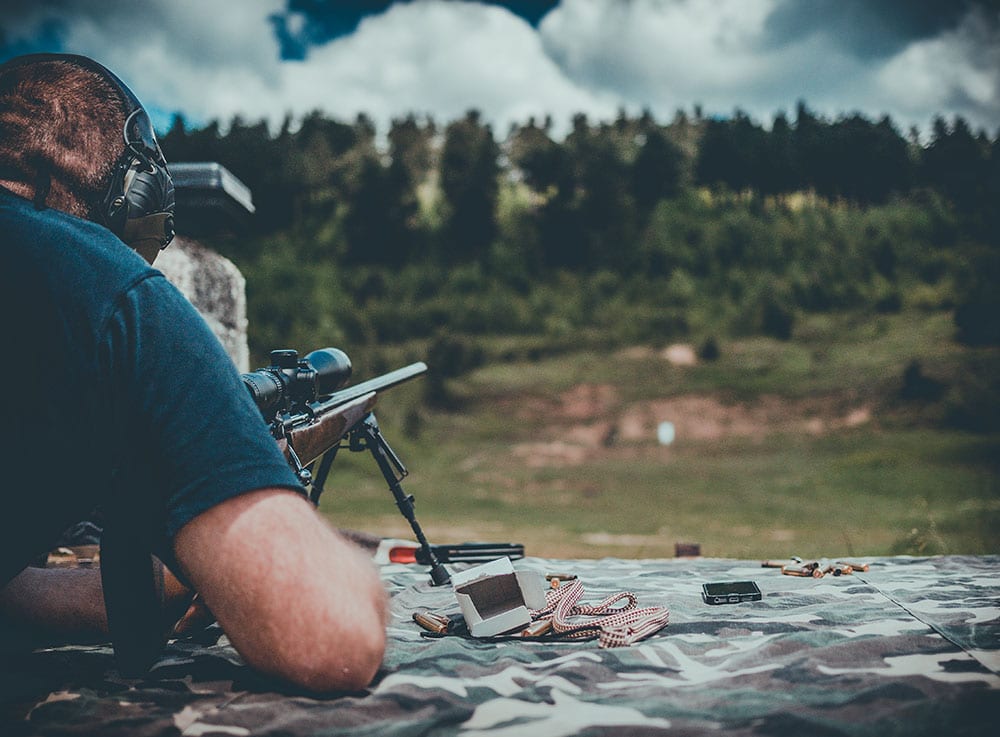
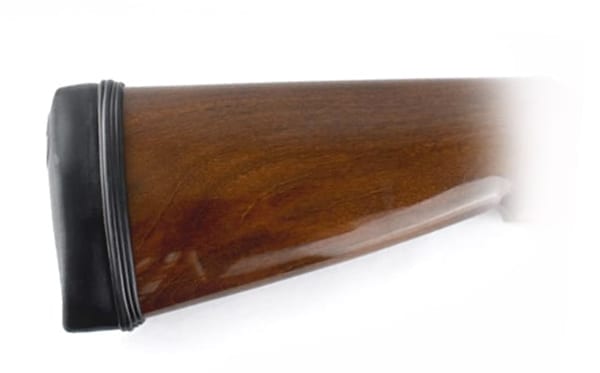
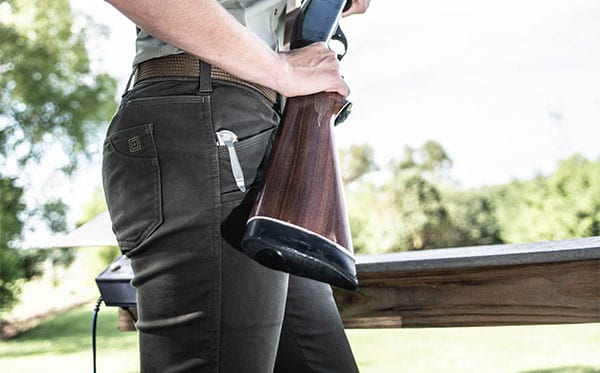 As a consumer, you need to be looking for a product that does more than just soften the blow. A good
As a consumer, you need to be looking for a product that does more than just soften the blow. A good 